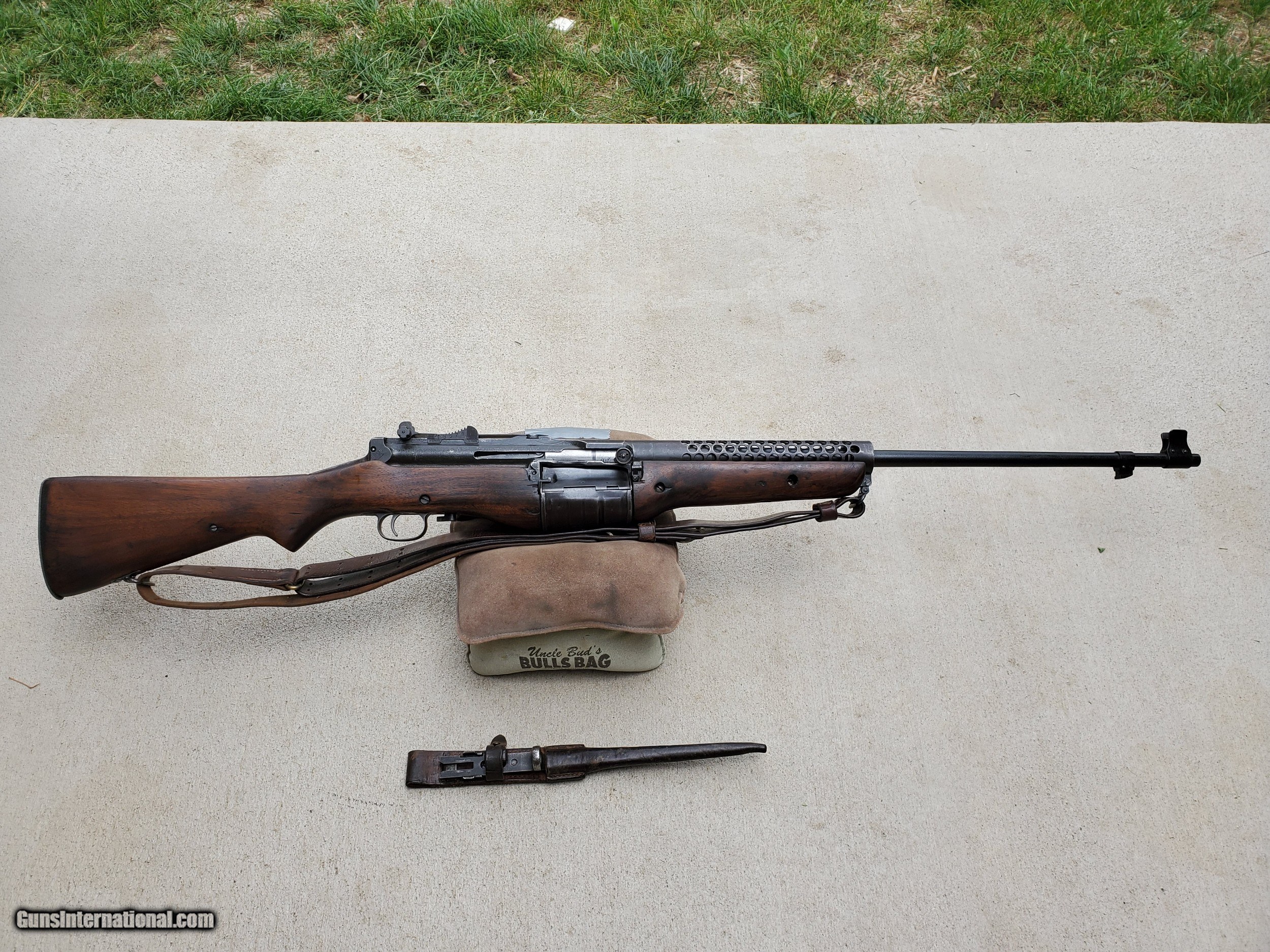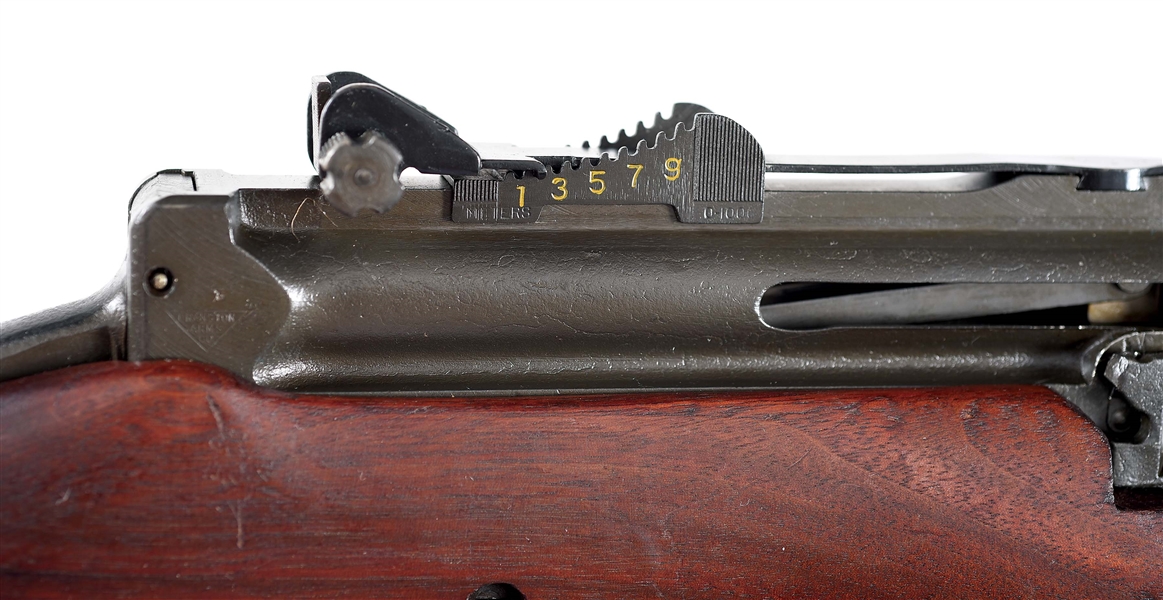

M1941 johnson stock crack trial#
The trial was not successful, and the trial was stopped after 13,190 rounds.

Johnson sold ten toolroom prototypes of the M1944E1 to the US Army for $44,838 (complete with accessories and spare barrels) in late February of 1945, and one of them was put through a 20,000 round endurance trial from July 20 through August 6, 1945. This extra force also required a modification of the bolt locking system in the form of an added spring and lever, to prevent bolt bounce in automatic fire. This gas assist provided the additional energy to cycle the gun reliably in more adverse conditions, and it also upped the cyclic rate to 600-700 rounds/minute. Johnson M1944E1 light machine gun – note projection for added bolt locking lever above magazine well (photo from Johnson Rifles and Machine Guns, by Bruce Canfield) There was no tube connected to this gas port instead it vented against the barrel support in the receiver (8 inches forward of the chamber), and gave the barrel an additional push rearward when fired. Johnson’s solution in the M1944E1 was to drill a gas port in the barrel bearing. Presumably the reliability problems discovered in adverse conditions were caused by excess friction (from mud or sand) preventing the barrel from recoiling far or fast enough. One will recall that the Johnson mechanism was a short-recoil system, with the bolt and barrel both reciprocating back into the receiver a short distance with each shot. Johnson M1944E1 light machine gun (photo from Johnson Rifles and Machine Guns, by Bruce Canfield) With the design, he finally departed slightly from the original operating mechanism of the gun. His next iteration of the gun was the M1944E1, later renamed the M1945. Johnson carried on improving the gun nonetheless, looking to resolve the reliability problems reported in the Aberdeen testing. That Board actually recommended the M1944 Johnson LMG to replace the BAR in Marine Corps service, but the recommendation was rejected by the Marine Corps Commandant, largely on the grounds that the Army had not adopted the weapon, and this would complicate logistics. The guns exhibited problems under adverse conditions (sand, rain, mud, and cold) in those tests, but performed quite well in a following test at Quantico for the Marine Corps Equipment Board. In December of 1943, ten of the M1944 light machine guns were delivered to Aberdeen Proving Grounds for formal testing.

The buttplate could be pivoted up to allow access to the tubes, which contained the weapon’s mainspring and a cleaning kit. The M1944 LMG also replaced the wood stock with a pair of tubes and a metal buttplate. This monopod could be used to stabilize the gun when firing prone (it’s foot had two spade-like wings to dig into the ground), and could also be folded up to use as a horizontal front grip, with the foot forming a supplemental heat shield to protect the shoot’s hand from the barrel shroud. The 1944 model fixed that, and replaced the conventional two-leg bipod with a creative folding monopod. The bipod on the 1941 LMG had to be removed to change the gun’s barrel, and this was a definite problem.

The M1944 Johnson LMG used that same basic action as the 1941 rifle and LMG, but included a number of useful improvements. Chasing hopes of wider adoption, Johnson continued to refine his light machine gun, and eventually finalized the M1944 variant. In terms of US military usage, he was actually more successful with the LMG than the rifle – the Johnson M1941 LMG was officially adopted and used by the 1st Regiment of Para-Marines and the First Special Service Force. In addition to his work on designing a basic infantry shoulder rifle, Melvin Maynard Johnson and put a lot of effort into creating a light machine gun for US military forces to use.


 0 kommentar(er)
0 kommentar(er)
